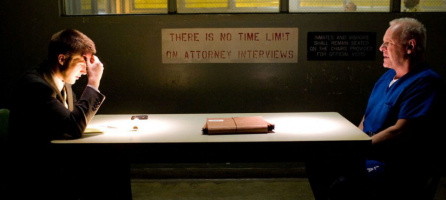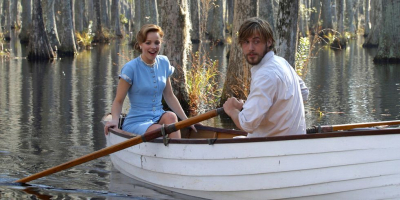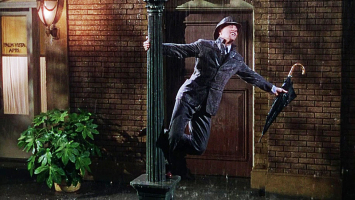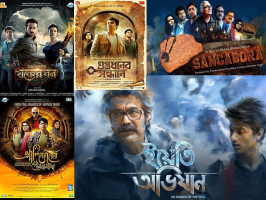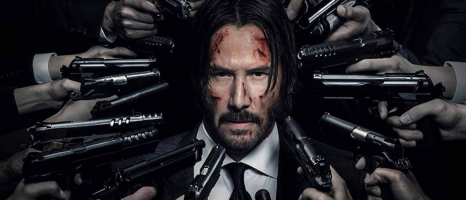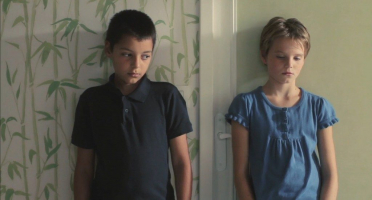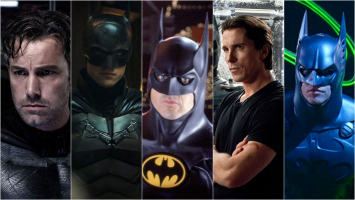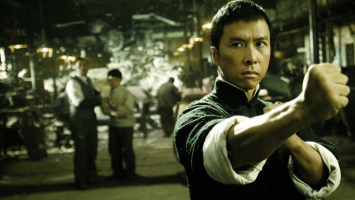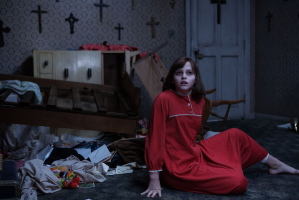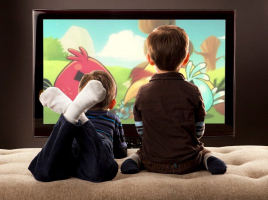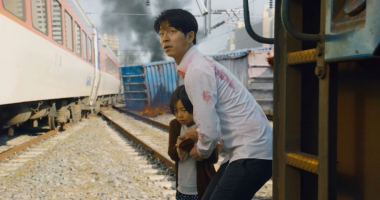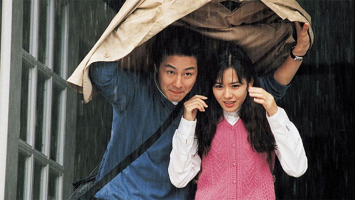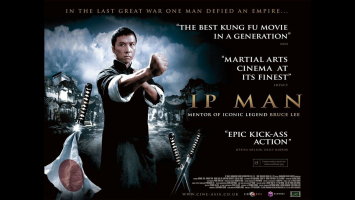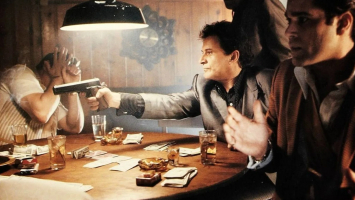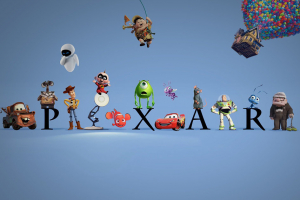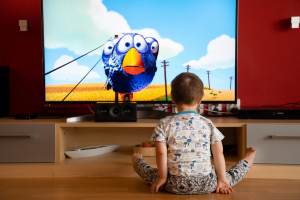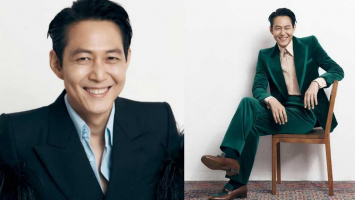Top 6 Best Ghibli Movies of All Time
Ghibli studio has always been the source of pride for Japanese people in particular and Asians, being the very first Asian movie to receive the Oscar. Wonder ... read more...which are the best Ghibli movies of all time? Check out this compilation by Toplist.
-
Many years before Rowling started crafting her famous Harry Potter franchises, a Japanese author called Eiko Kadono decided to publish her books, Kiki's Delivery Services, about an apprentice little witch; she counts on her great flying abilities to find some jobs to do in the huge city. Just like Totoro, she has then become one of the most recognizable characters in Japanese animation history after Ghibli's movie adaptation - along with Jiji, the cute black kitten that has accompanied Kiki to Koriko town.
Here, Kiki successfully captures the attention of Tombo, a teen boy obsessed with aeronautics. As the two met, the movie unfolds a lovely tale of friendship between them. It's speculated that Hayao Miyazaki probably sees his younger shelf in Tombo - given his lifelong passion for aviation. This is a theme featuring prominently throughout most of Hayao's movies, with flying contraptions and floating cities.
On another note, Kiki's Delivery Services introduces its little heroine with quite a challenge: uncertain of her capabilities and living far away from home, Kiki slowly finds out that her flying talents seem to fade- a wonderful metaphor for growing up. Straightforwardness serves the movie very well, as it invites the audience to empathize with the girl who has to leave her fantasy and childlike dream behind to start getting familiarized with reality.
Year of Release: 1989
Rotten Tomatoes Score: 98%
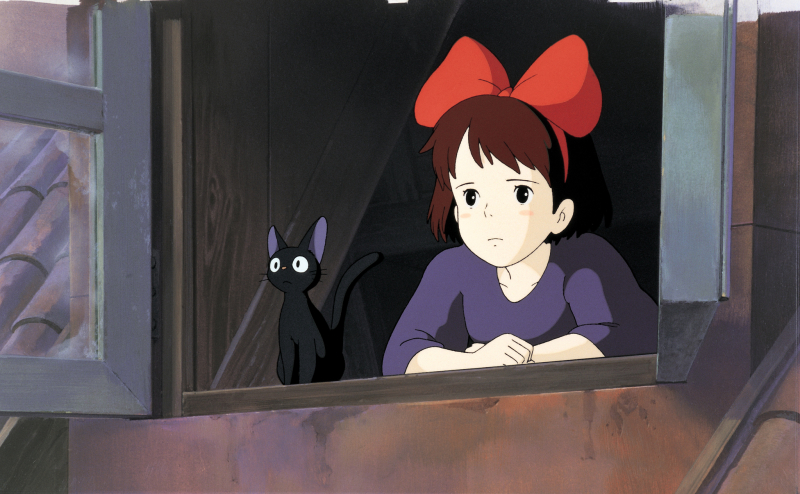
Source: IMDB 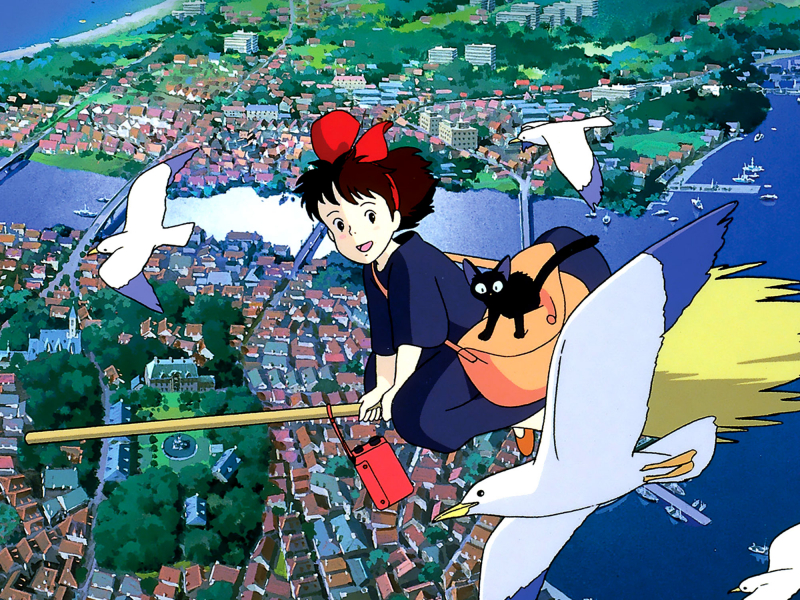
Source: Little White Lies -
Spirited Away, the movie that earned Miyazaki his first Oscar, was also the very first movie from Ghibli that grossed more than 10 million USD in Western countries, which sharpens Western audiences' idea of this famous studio. With the sheer scope and ambition of this movie - a type of Asian spin on Western classics like "Peter Pan" and "Alice in Wonderland", Hayao Miyazaki has successfully introduced Asian cultures (and Japanese cultures in particular) to the rest of the world.
In this movie, the main character, 10-year-old Chihiro, crossed a river to arrive at a bewitched bathhouse; if she wasn't careful, she would stay here forever and couldn't come back to her family. This story represents Miyazaki's imagination apotheosis, which is filled to the brim with great visuals and better-than-life characters, slowly unfolding a type of dream-like logic that only Miyazaki could possess.
Unlike some of his later releases, Miyazaki's Spirited Away did not abide by traditional narratives. Instead, it flows from one scene to another in such an enchanting way that we can never predict what surprise is waiting for us at the corner. We can only watch with wonder as the movie leads us from one terrific subplot to another.
Year of Release: 2001
Rotten Tomatoes Score: 97%
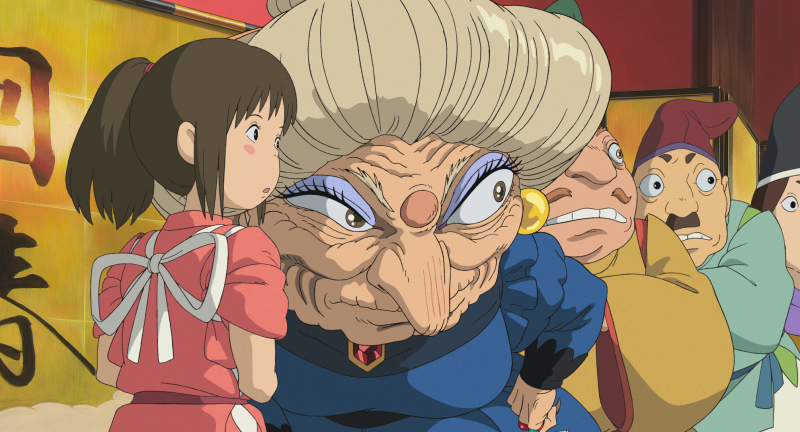
Source: TIME 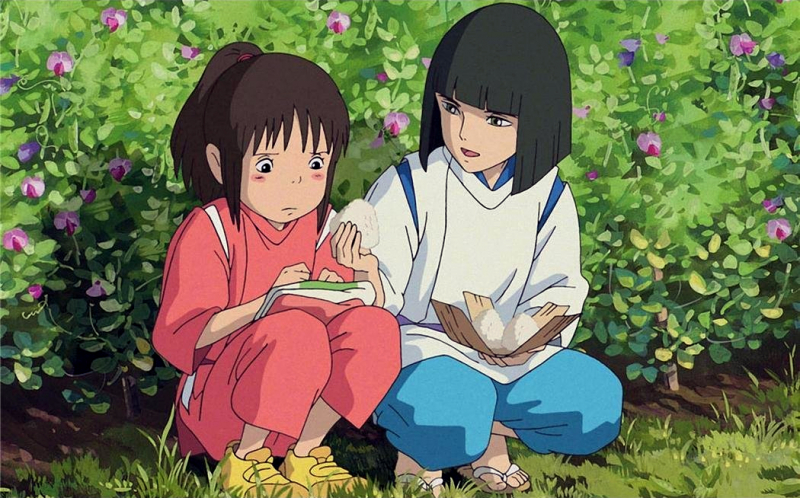
Source: IMDB -
After "Nausicaa of The Wind Valley" - a successful 1984 movie that motivated Miyazaki to form Studio Ghibli - the famous director decided to create this extremely similar fantasy masterpiece that expanded upon the delights of the earlier movie. For people who like to watch all of Ghibli's movies in chronological order, it's a must to go to Nausicaa, though its science-fiction vibe did not differ much from other animation features in the 80s. Meanwhile, its follow-up, Castle in The Sky, is far more distinctive and portrays all of Hayao Miyazaki's most notable preferences and film motifs.
On-air battles between sky pirates (whose leader Muska looks very similar to the witch from Spirited Away) and steampunk airships foreshadow the Baron-like "Rosso Porco", while the Laputa city is one of the most gorgeous levitating cities ever imagined, similar to the Wakanda kingdom in Black Panther. It fuses both ultra-modernity and ancientness with huge asymmetrical robots designed to protect the citizens. And the film's protagonist, Sheeta, shares strong ties with this wonderful floating castle.
We cannot deny that sometimes Castle in The Sky focuses way too much on the bad villains that try to plunder the mythical kingdom instead of Sheeta herself. Still, the overall picture delivers a terrific sense of discovery, which has characterized the greatest Ghibli outings.
Year of Release: 1986
Rotten Tomatoes Score: 96%
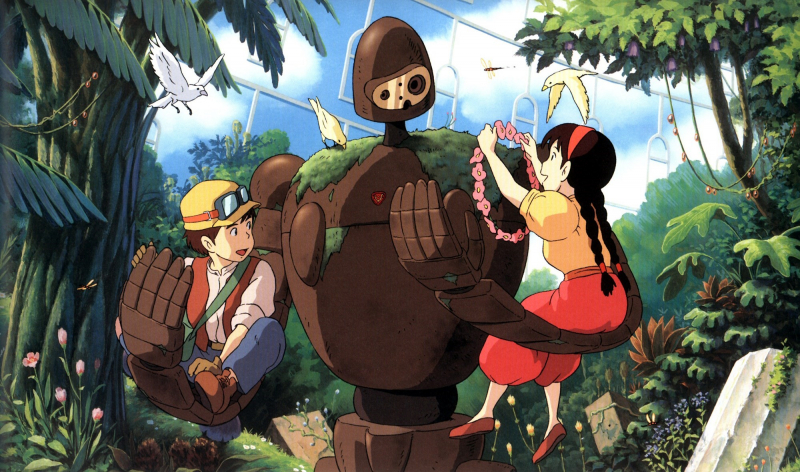
Source: Dazed 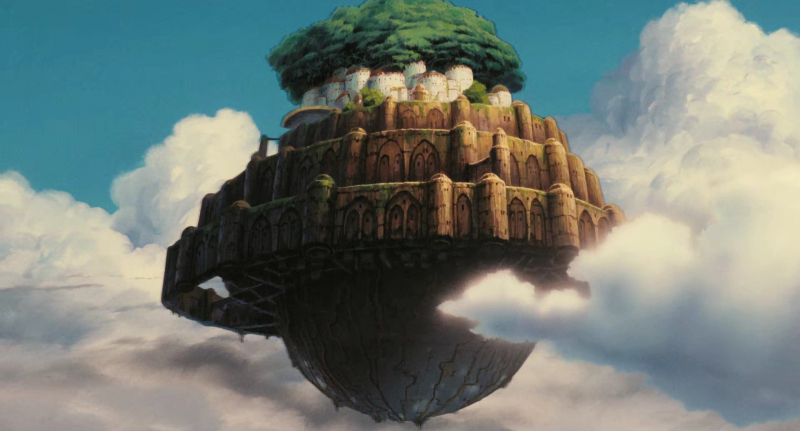
Source: Ghibli Wiki -
My Neighbor Totoro is one of the best Ghibli movies of all time - or even one of the best animated movies ever! This masterpiece introduced a character so widely beloved by Japanese people, just like the way Americans love Mickey Mouse. The movie's strongest points lie in its straightforwardness and the creative way Hayao Miyazaki managed to imply that our human world shares the same realm with lots of benevolent spirits that watch us out whenever we need it - a concept stemming from Japanese cultures into anthropomorphic forms.
In the story, the two siblings, Mei and Satsuki, moved to a countryside village so that they could take care of their invalid mom - currently recuperating in a hospital. During their exploration of this new house and the woodland surroundings, the two discover three "Totoro" - the forest spirits - that arrive in three different sizes: extra-large (a gray beast that has a huge smile with chest markings in boomerang shapes), medium (blue), and small (white).
Western audiences were not really prepared for Hayao Miyazaki's visions during the first release of the movie. Yet, surprisingly, Studio Troma was the one who introduced this movie to the Stateside and bought rights for its English-dubbed version in 1993.
A few years later, when Hayao Miyazaki had grown more acclaimed, this movie changed from its somewhat unpopular status back then into a classic we know today. My Neighbor Totoro is a film about wonder and discovery for the younger minds, challenging the prejudice that animated movies only rely on childish conflicts.
Year of Release: 1988
Rotten Tomatoes Score: 95%
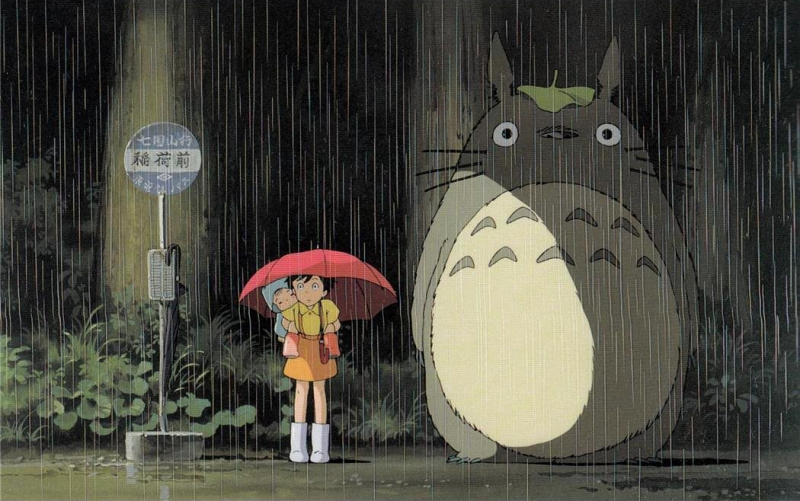
SourceL IMDB 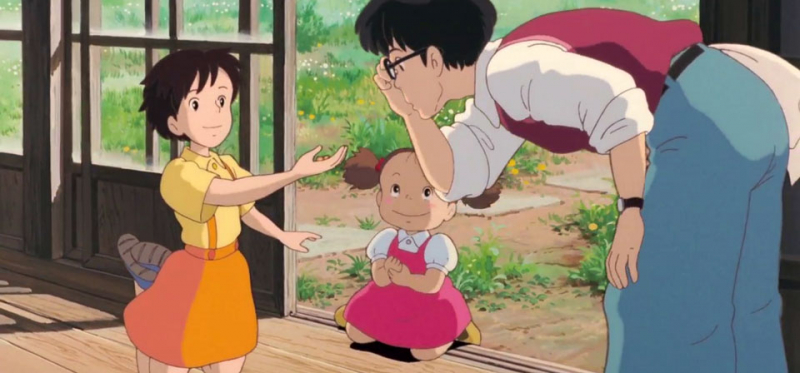
Source: Decent Films -
Quite amazingly, the two great achievements by Studio Ghibli - My Neighbor Totoro and Grave of The Fireflies - were released around the same time as a type of double kill - an event that we are certain have confounded lots of audiences back then, especially given the completely different vibes between them. My Neighbor Totoro is a type of featherweight fantasy movie, while Grave of The Fireflies is more realistic, revolving around The Second World War.
Many people disregard animations and cartoons, viewing them as an entertainment platform for children. Yet, this movie represents the unique potential to handle topics too dark to be introduced in live-action movies.
Considered one of the best Ghibli movies of all time, the picture presents its audience with Japanese' viewpoints on this devastating war, shedding more light on the consequences that the war brings about to two children - a 14-year-old Seina with his 3-year-old sister named Setsuke, both of whom lost their parents due to U.S.'s bombing in Kobe. (All these were inspired by actual air raids from which the directors survived, an event later introduced in Ghibli's subsequent release, "The Wind Rises".)
Both the children, starving and homeless, tried to protect each other and distract each other from all the nightmares surrounding them. Though the movie's ending is very tragic, there are still some rare moments of happiness in the film that will warm your heart.
Year of Release: 1988
Rotten Tomatoes Score: 95%
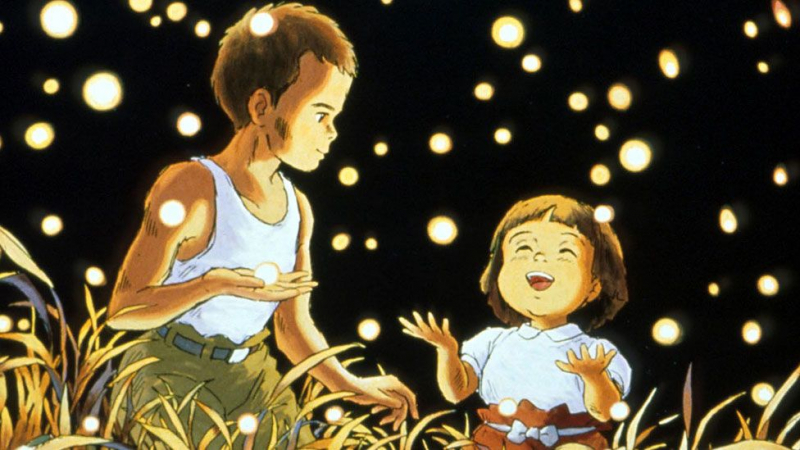
Source: BBC 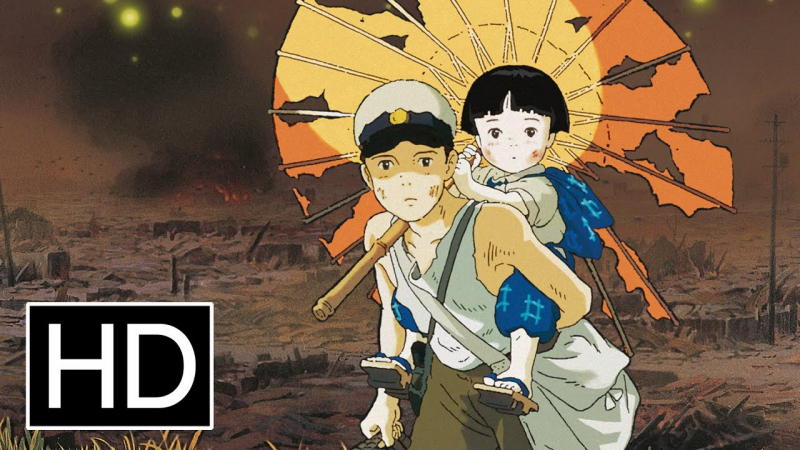
Source: Youtube -
Both Takahata and Miyazaki shared strong moral connections to their environmental surroundings - a type of sentiment we can feel in almost all of their pictures. Cases in point include Princess Mononoke (regarded as one of Miyazaki's most violent films to date, the topic of which is too dark to be included on this list), which depicts the tension between nature and man that exceeds apocalyptic tendency. We can say that the same message about the environment will be far easier for us to digest with this film, Pom Poko, one of Takahata's earlier releases.
Pom Poko is about the colony of tanukis (raccoon dogs) that live outside Tokyo and in a deep forest, threatened by Japanese suburban expansions. At the start of the movies, these animals fought among themselves - which led to quite funny battle sequences - then wizened up and turned all their pent-up frustration on human developers. Unfolding the dilemma from the animals' perspective, Pom Poko can serve as Japan's response to "The Secrets of NIMH" or "Watership Down".
It's important to remember that in Japan's societies, cartoony tanuki statues have always been very common, always standing tall and straight with scrotums and swollen bellies exposed. That's exactly how they are portrayed in this film - though they do return to their animal forms in some scenes, reminding us of some classic sequences in the comics "Calvin and Hobbes".
Year of Release: 1994
Rotten Tomatoes Score: 86%
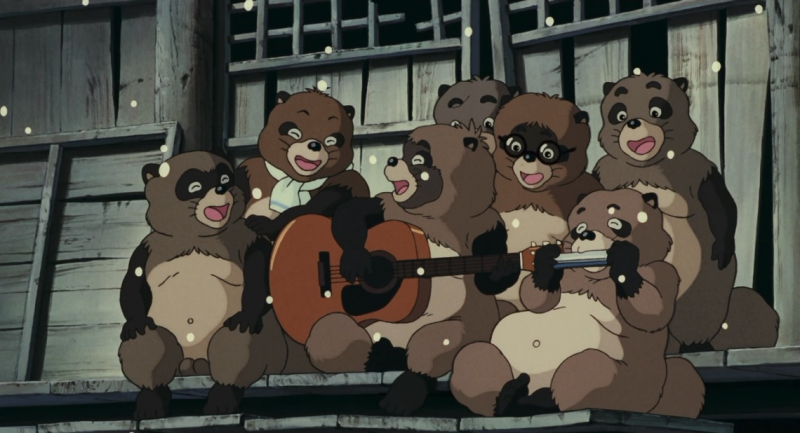
Source: Movie Mezzanine 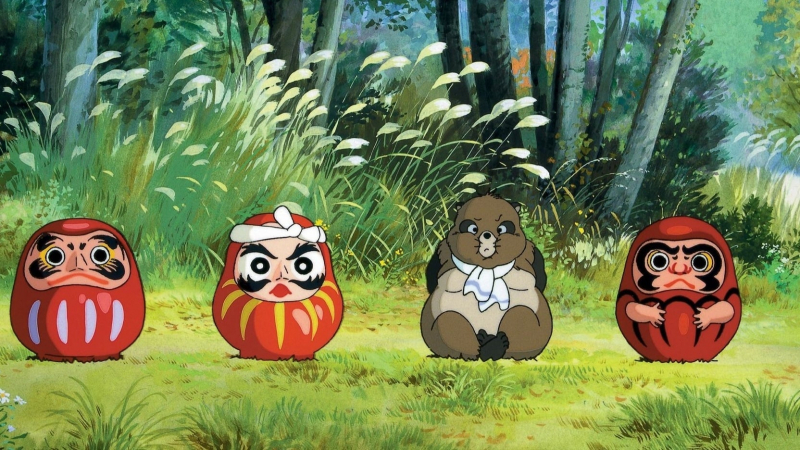
Source: Alternate Ending








